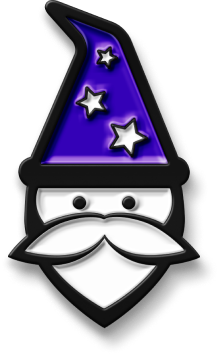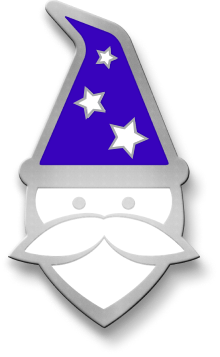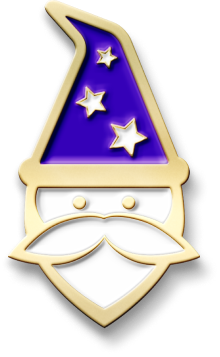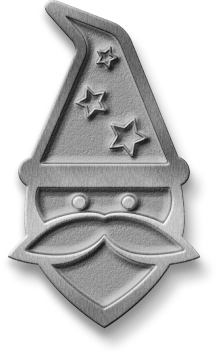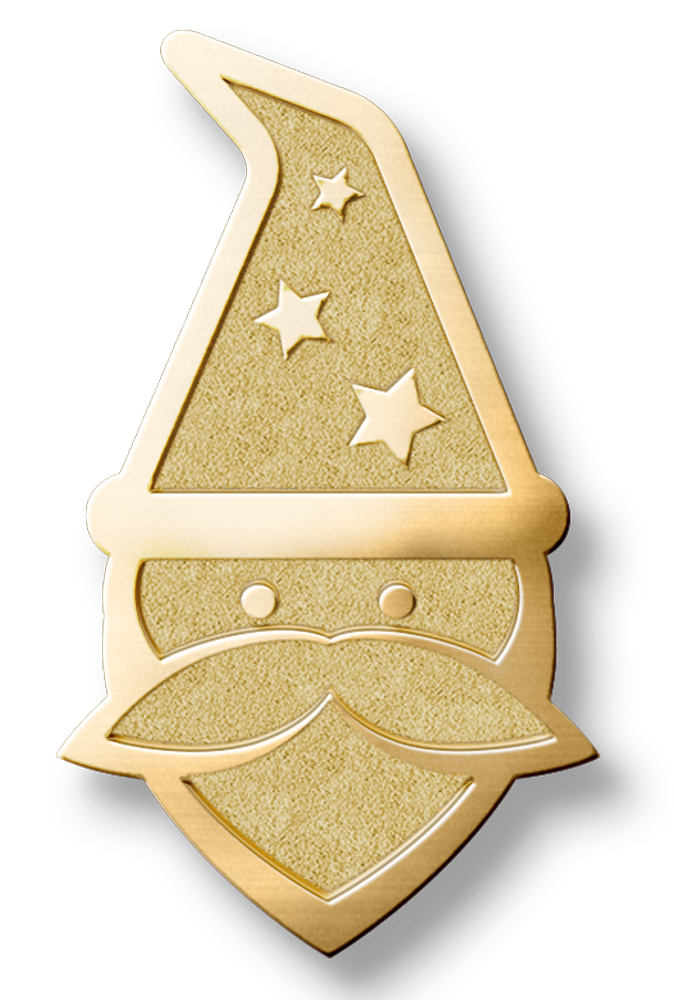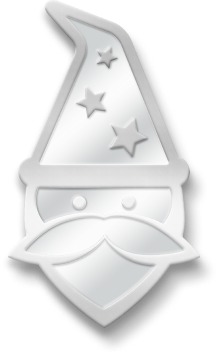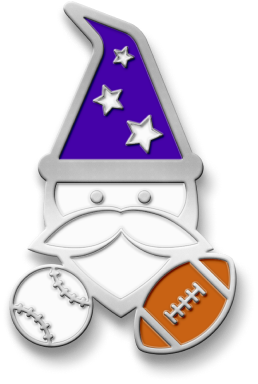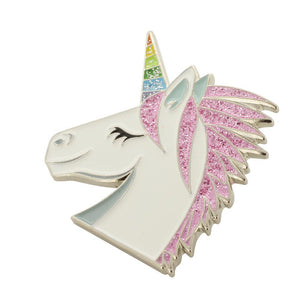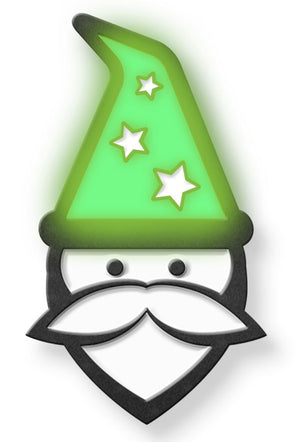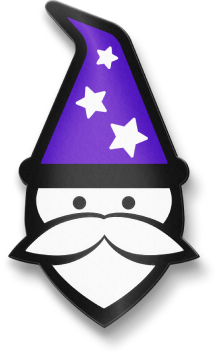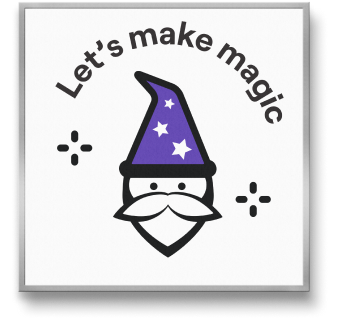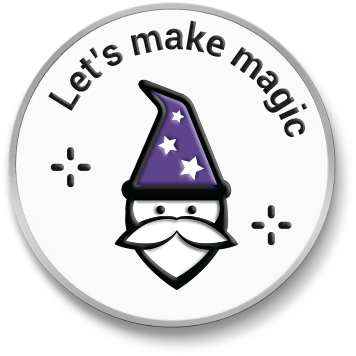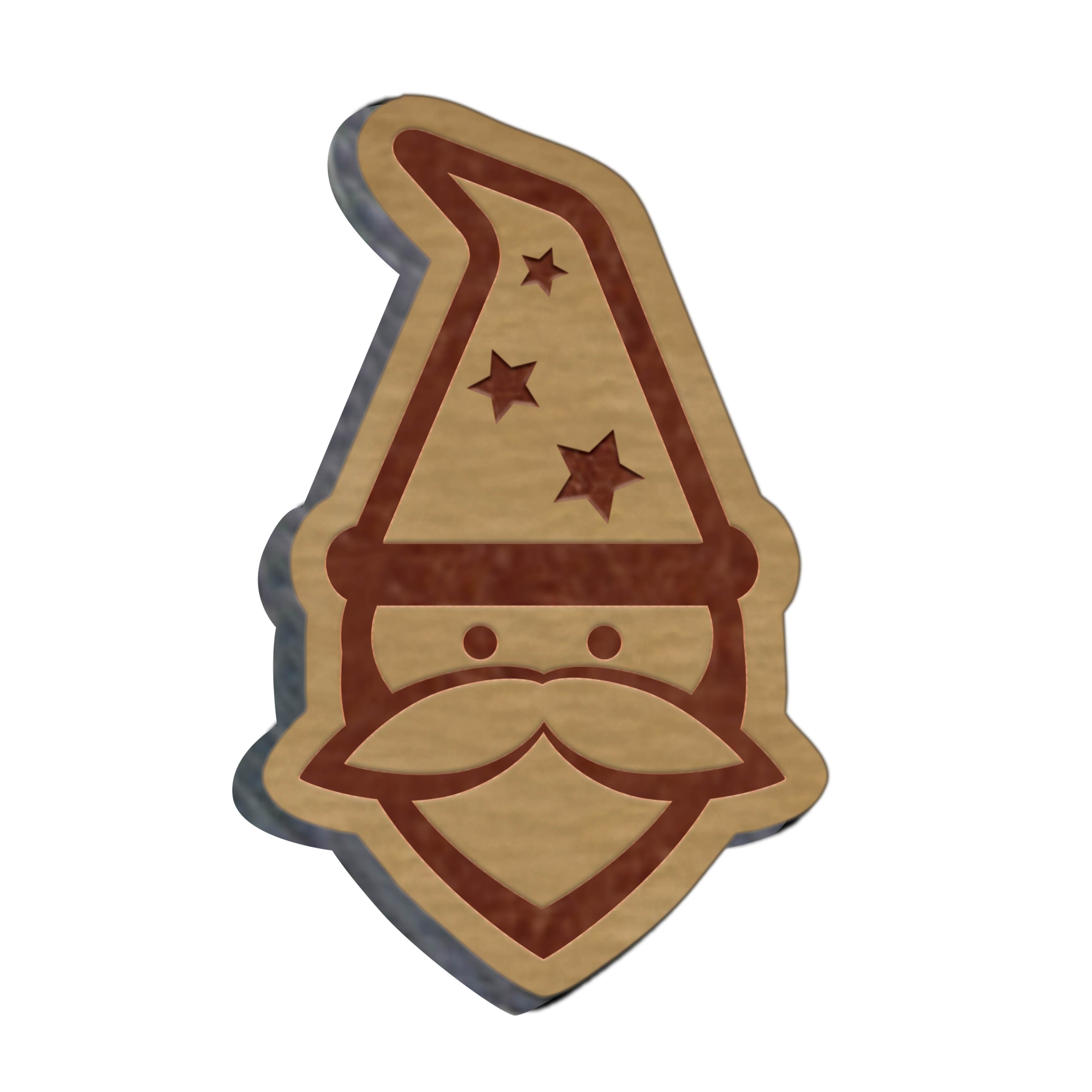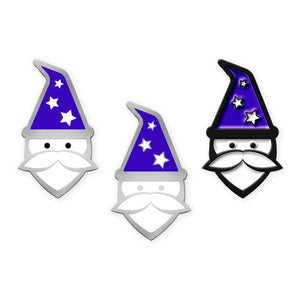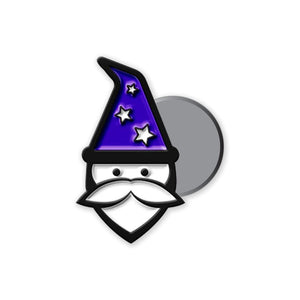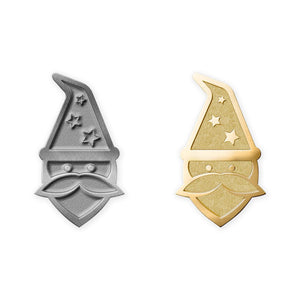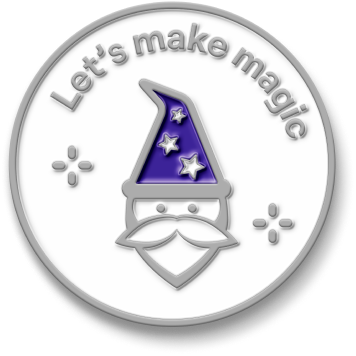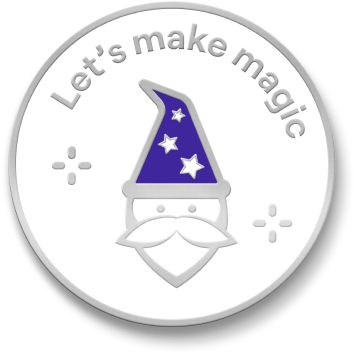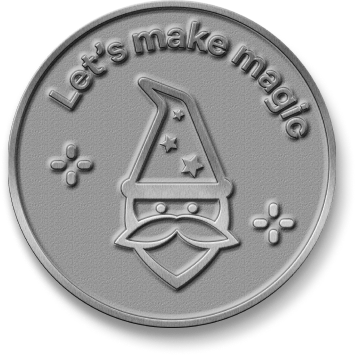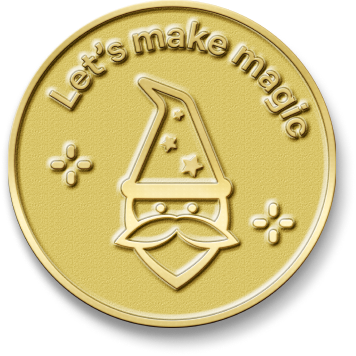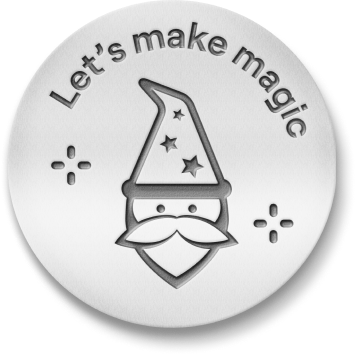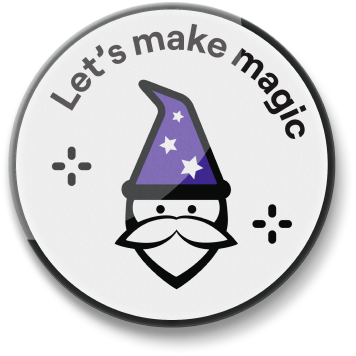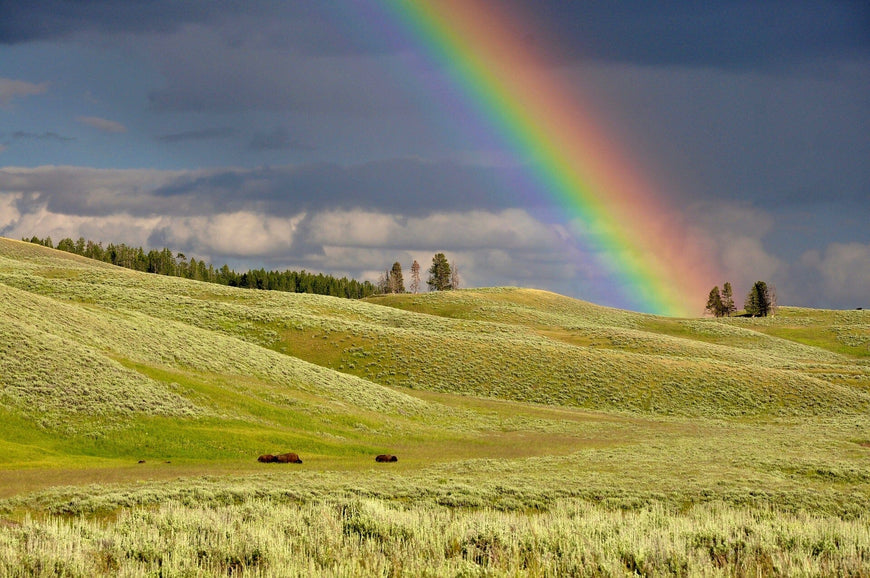Here's a fun fact about rainbows. Each individual raindrop that falls from the sky makes its very own rainbow! It's such a tiny little rainbow that people can't see them using just their eyes. The big rainbows that people can see in the sky are formed by millions of tiny rainbows reflected from millions of individual raindrops! Another cool thing about rainbows is that they look like they are a simple arch shape in the sky, but they're really full circles. People standing on the ground can only see the light reflecting off of raindrops that are above the horizon line. People flying in airplanes get to see the full circle though! Rainbows appear in every season of the year. People living in very cold places with lots of snow don't see many in the winter because snowflakes don't separate light rays and reflect them the way that raindrops do.
What Causes a Rainbow?
Rainbows form when rays from the sun reflect against rain falling from clouds in the sky. Most rainbows appear either early in the morning or later in the afternoon. Typically, rainbows appear opposite of the sun in the sky. So in the morning, when the sun is in the east, rainbows form to the west. At night, as the sun gets ready to set in the west, rainbows appear in the eastern part of the sky. Rainbows are made up of seven colors. Starting from the outside, the colors of the rainbow are red, orange, yellow, green, blue, indigo, and violet. This color order is known as ROYGBIV. These colors are formed because of something scientists call wavelengths. Some light rays are short and others are tall. These different wavelengths reflect different colors. Usually, they all blend together to cause the white light people think of as daylight. When these wavelengths reflect against raindrops, though, it causes the wavelengths to separate.
Most people think of simple arcs when they hear the word rainbow. However, there are several different types of rainbows! Double rainbows happen when light reflects back not once but twice off of a raindrop. One neat fact about double rainbows is that the colors are reversed, like a mirror image, in the second rainbow. So instead of ROYGBIV (red, orange, yellow, green, blue, indigo, and violet), the colors in the second rainbow appear as violet, indigo, blue, green, yellow, orange, and red. This color order is called VIBGYOR. Sometimes a dark band of color is between the two rainbows. The dark band is known as Alexander's Band and is named for Alexander Aphrodisias, a man who studied rainbows more than 2,000 years ago!
Who Discovered the Rainbow?
Humans have always noticed rainbows. Aristotle, a Greek scholar who lived in the fourth century B.C.E. devoted a lot of time to studying rainbows and is the first person in recorded history to do so. During the 11th century, a Chinese mathematician Shen Kuo was the first person to realize that rainbows came from sunlight passing through raindrops. Isaac Newton, who lived in England during the 1600s, proved that white light was made up of all the colors in a rainbow. Newton proved this by holding up a glass prism which also works to separate light rays into separate colors. Newton's work explained why rainbows always have the same colors in the same order.
How Did Rainbows Get Their Names?
Most rainbows form in an arc. That arc looks a lot like the shape of a bow that hunters used to shoot arrows. So the bow part of the name refers to the shape of rainbows. Rain comes from the fact that long before any scientist studied rainbows and proved how they were made using scientific experimentation, people who watched the sky realized that rainbows showed up during rainstorms. So the word rainbow reflects when rainbows happen and what shapes they usually take.
